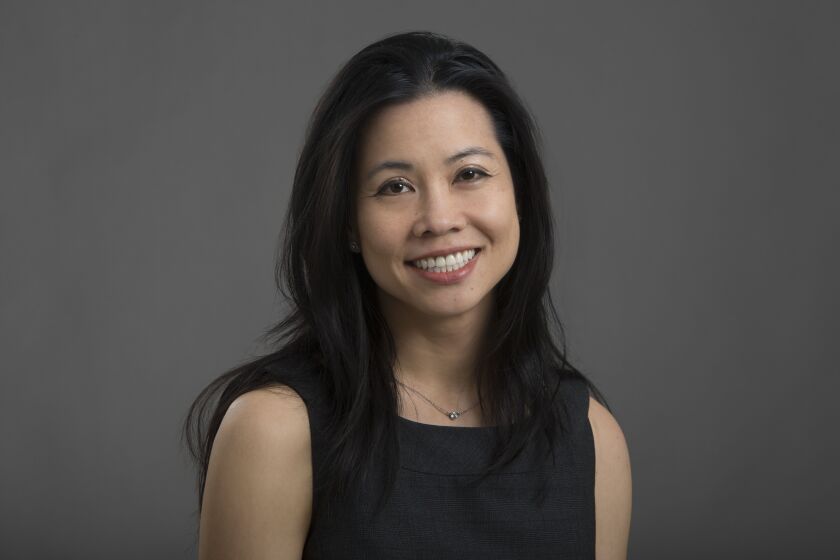“Black Panther” star Chadwick Boseman’s death at 43 from colon cancer points to the need for people to be more vigilant, regardless of age, about seeing a doctor at the first sign of symptoms, says Dr. Sonia Kupfer, director of the Gastrointestinal Cancer Risk and Prevention Clinic at the University of Chicago.
Boseman, whose other star turns included playing Jackie Robinson in “42” and James Brown in “Get On Up,” died Aug. 29. He was two years younger than the age — 45 — at which the latest government health guidelines advise African Americans to get screened for one of the most preventable of all cancers.
Yet Boseman’s cancer already was at stage 3 when he was diagnosed in 2016 — meaning it had grown through his colon wall. The cancer then spread beyond his colon to stage 4.
The incidence of colorectal cancer among adults under 50 has doubled in the past 24 years, with Blacks at higher risk than whites.
That’s despite improvements in screening and an overall decline of more than 30% in the incidence of colon cancer in that period.
Experts recommend a first colonoscopy by 50 for those not at higher risk, but the American Cancer Society goes further, urging that everyone 45 years old be screened, even though health insurance might not cover it.
Chicago has the fifth-highest death rate from colorectal cancer among the country’s 30 largest cities — 18.2 deaths per 100,000 people, compared with 14.8 deaths nationwide, according to a 2013-2017 study, the latest data available.
That study found the mortality rate among African Americans nationally was 43% higher than among whites.
In Chicago, the rate among Blacks (25.9) was 69% higher than whites (15.3).
That equates to 2,252 more African Americans nationwide dying of colorectal cancer each year and 96 more deaths in Chicago yearly than would be expected if the Black population had the same mortality rate as that for whites, according to the study, co-authored by Abigail Silva, an assistant professor in the Parkinson School of Health Sciences and Public Health at Loyola University Chicago.
Cook County’s rates for colorectal cancer deaths from 2013-2017 were 9.7 per 100,000 for Asian Americans, 10.3 for Latinos, 13.9 for whites and 23.1 for Blacks, according to the latest data from the U.S. Centers for Disease Control and Prevention.
There can be hurdles to being screened and diagnosed for people who lack quality health insurance and those whose jobs leave them little chance to schedule time off, face a long commute on public transportation or lack reliable childcare — situations worsened by the coronavirus pandemic, says Dr. Keith B. Naylor, an assistant professor of clinical medicine at the University of Illinois Chicago Department of Medicine, Gastroenterology and Hepatology.
Another hurdle is the initial reaction some have to the preparations required for a colonoscopy — the key screening tool. The idea of chugging an unappetizing liquid to clean out your colon and then staying close to a bathroom for hours is enough to make many people cringe.
During a colonoscopy, a doctor inserts a tube with a tiny video camera into the sedated patient’s rectum to view the inside of the colon.
A Rush University Medical Center doctor says that, rather than a gallon jug of cleansing prep, people getting ready for a colonoscopy can ask their doctors to instead take a two-part cleanse that’s equivalent to six shot glasses to make the process more tolerable.
Dr. Salina S. Lee, assistant professor of medicine in Rush’s Division of Gastroenterology, also advises those with no high-risk symptoms who are put off by the idea of a colonoscopy to at least get noninvasive screening.
Two at-home tests that require only a stool sample are the fecal immunochemical test, which detects microscopic evidence of blood in the stool, and Cologuard, a cancer-DNA detection test. Doctors review the results, Lee says.
She also says doctors can work with patients with no insurance or who have religious or other concerns about colonoscopies.
Having a family history of the disease is a key risk factor for the disease. Others include obesity, smoking, a lack of exercise and a diet high in red and processed meats and low in fruits and vegetables.
Signs of the disease can include blood in the stool, unaccustomed abdominal pain or changes in bowel movements, either with increased constipation or diarrhea. If caught early, doctors can remove colon polyps before they develop into cancer.
Getting diagnosed and treated early is crucial. The advanced stages can require treatment with surgery, radiation, chemotherapy, targeted therapies or a combination of those.










